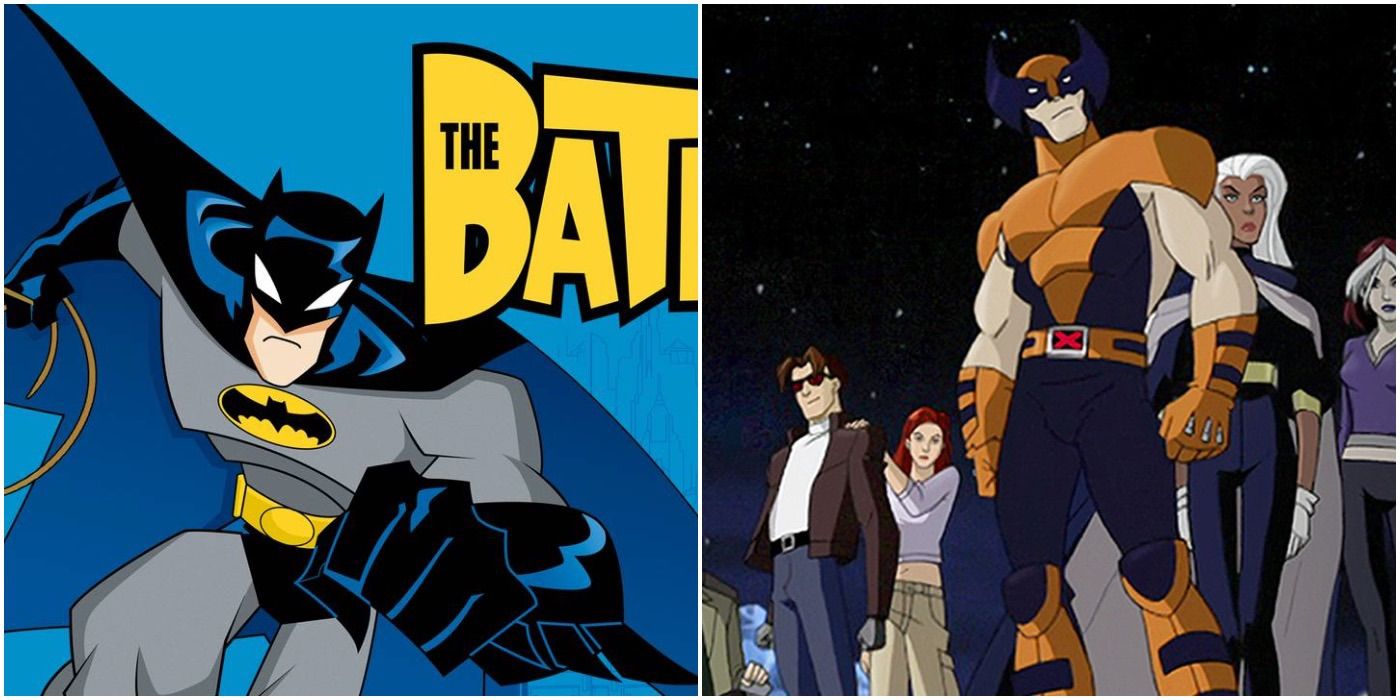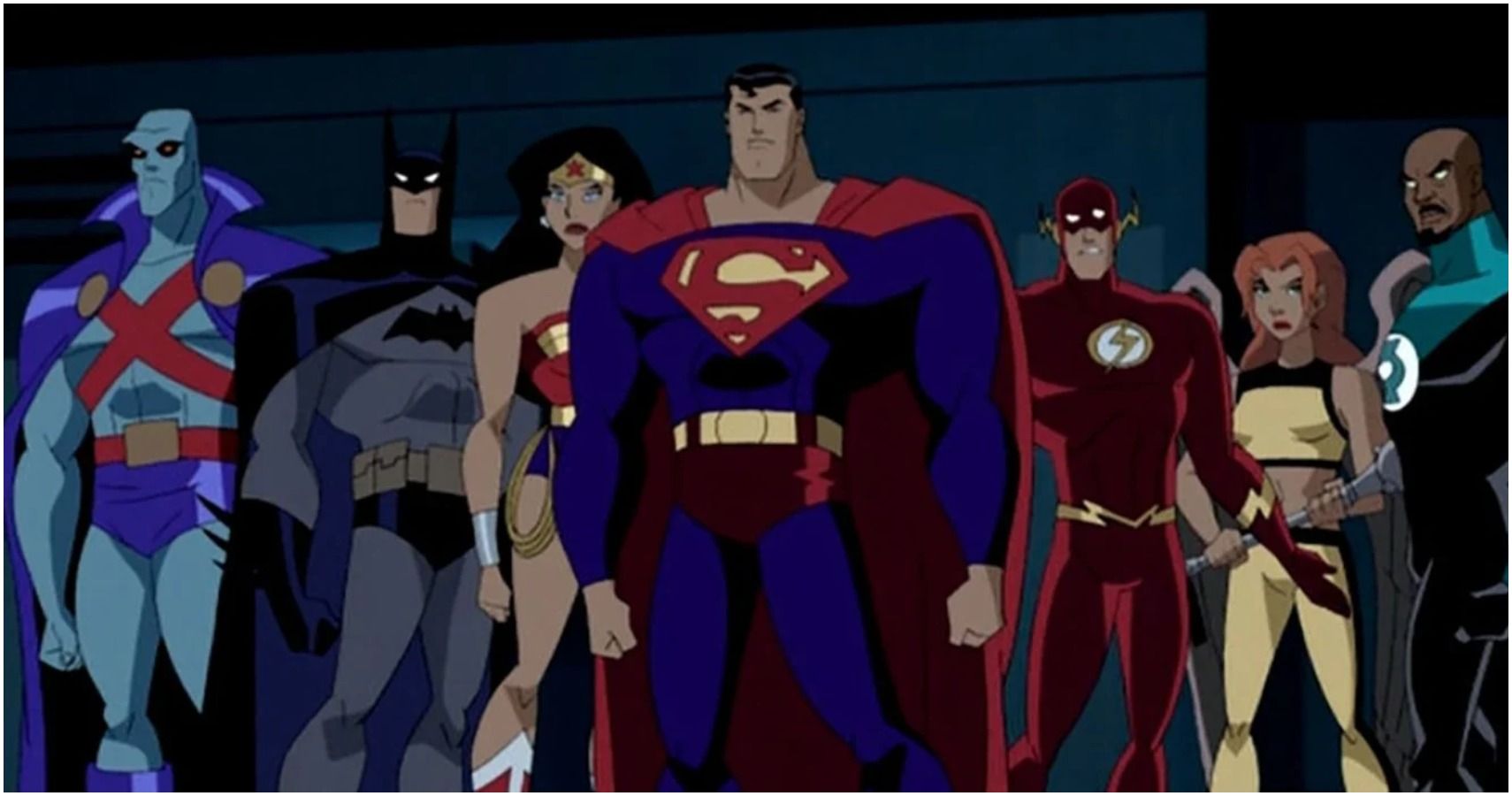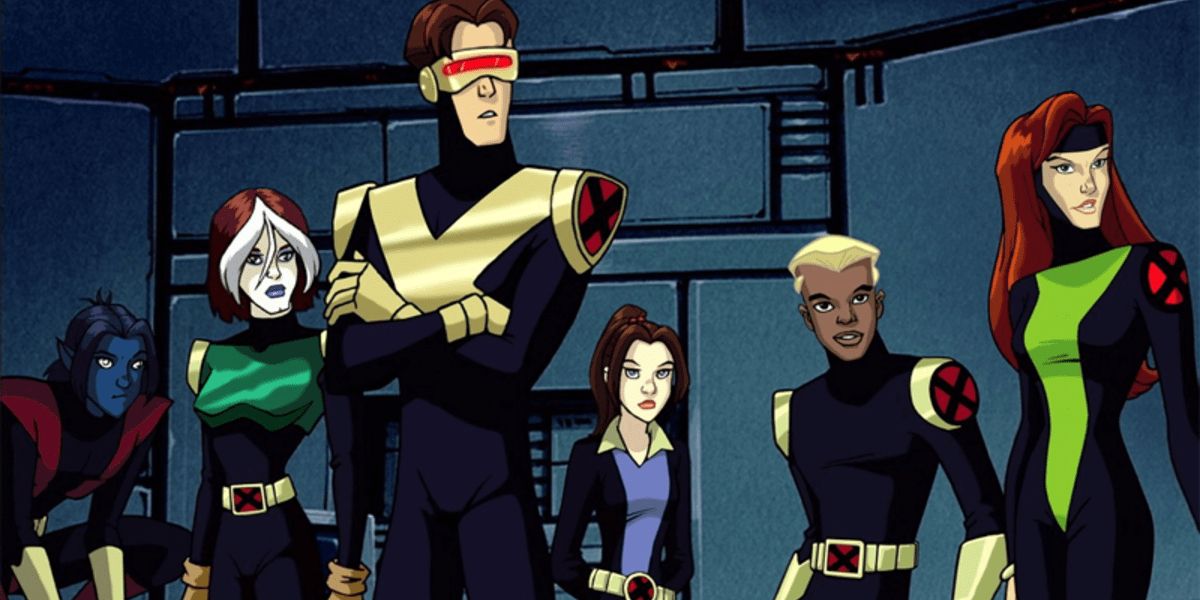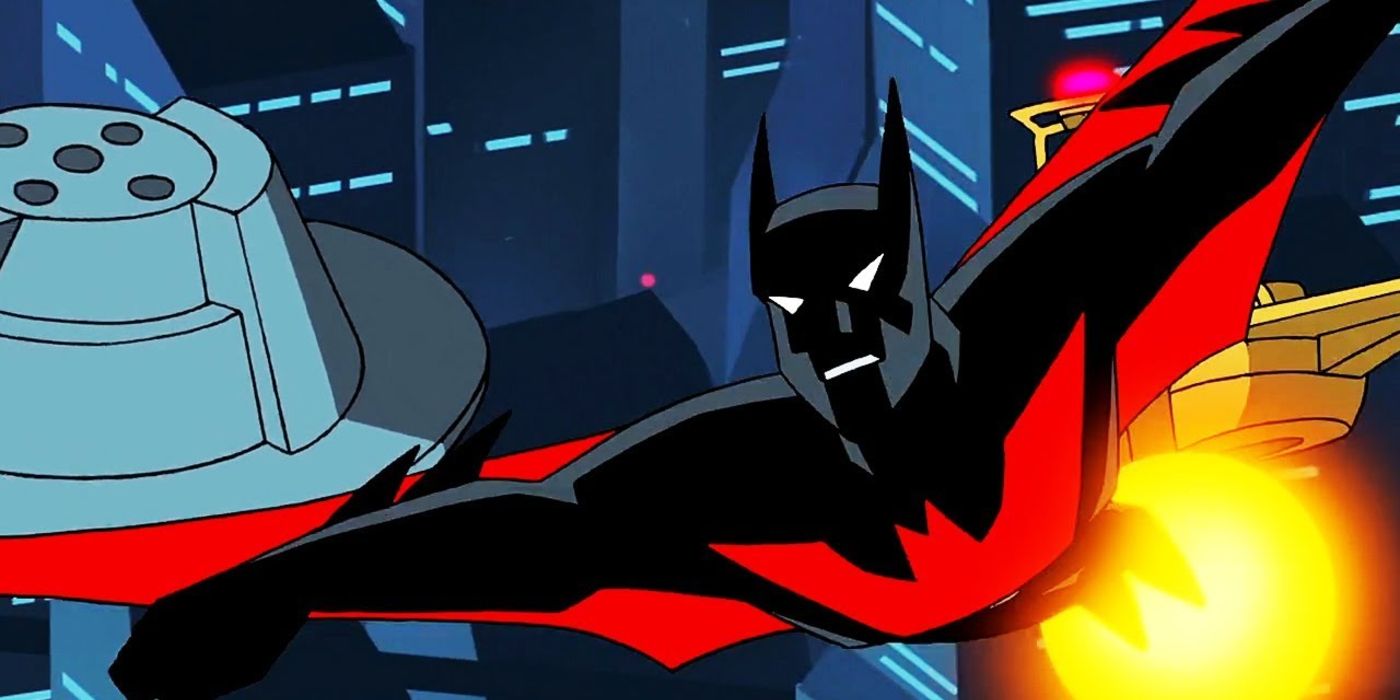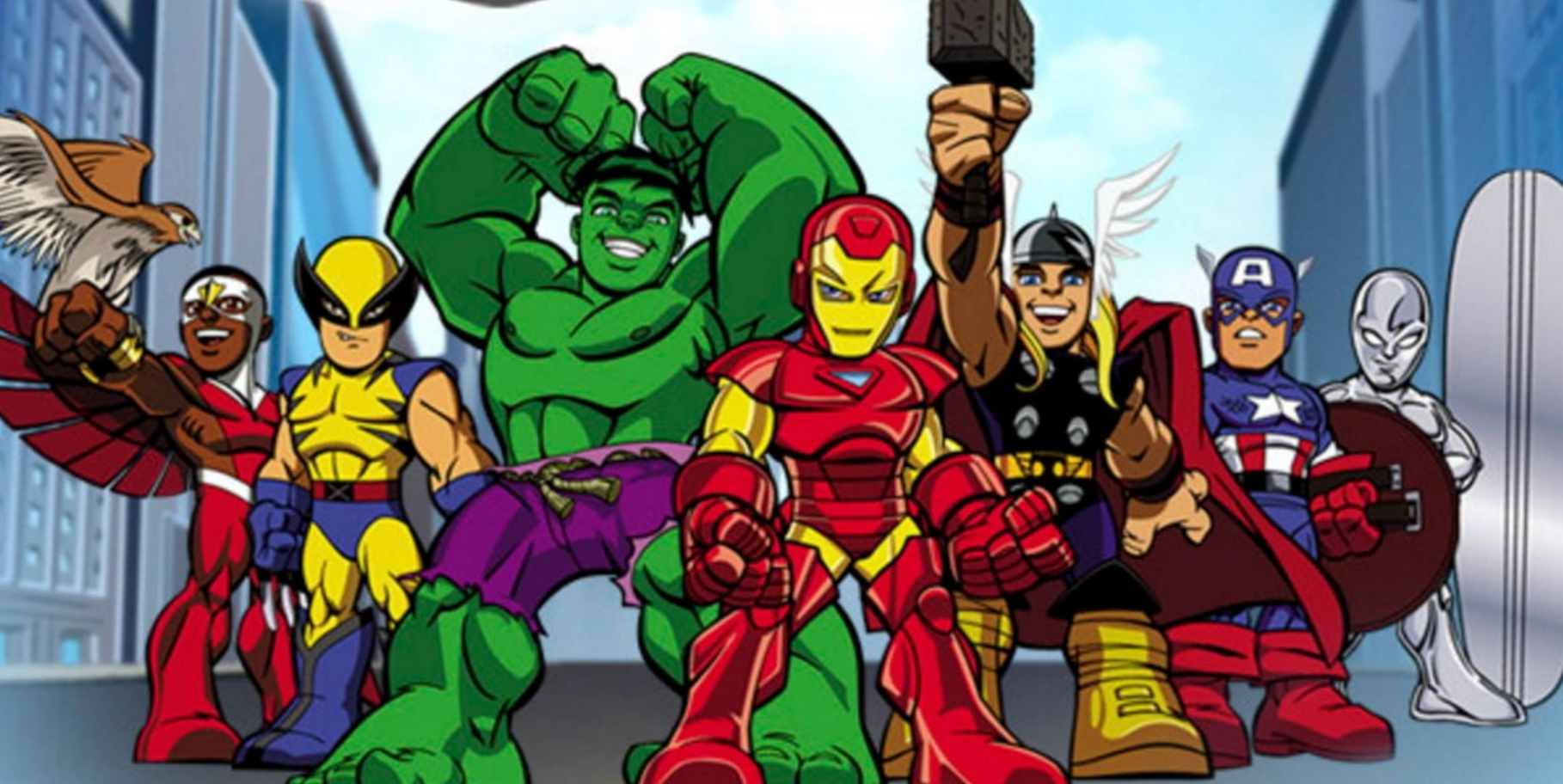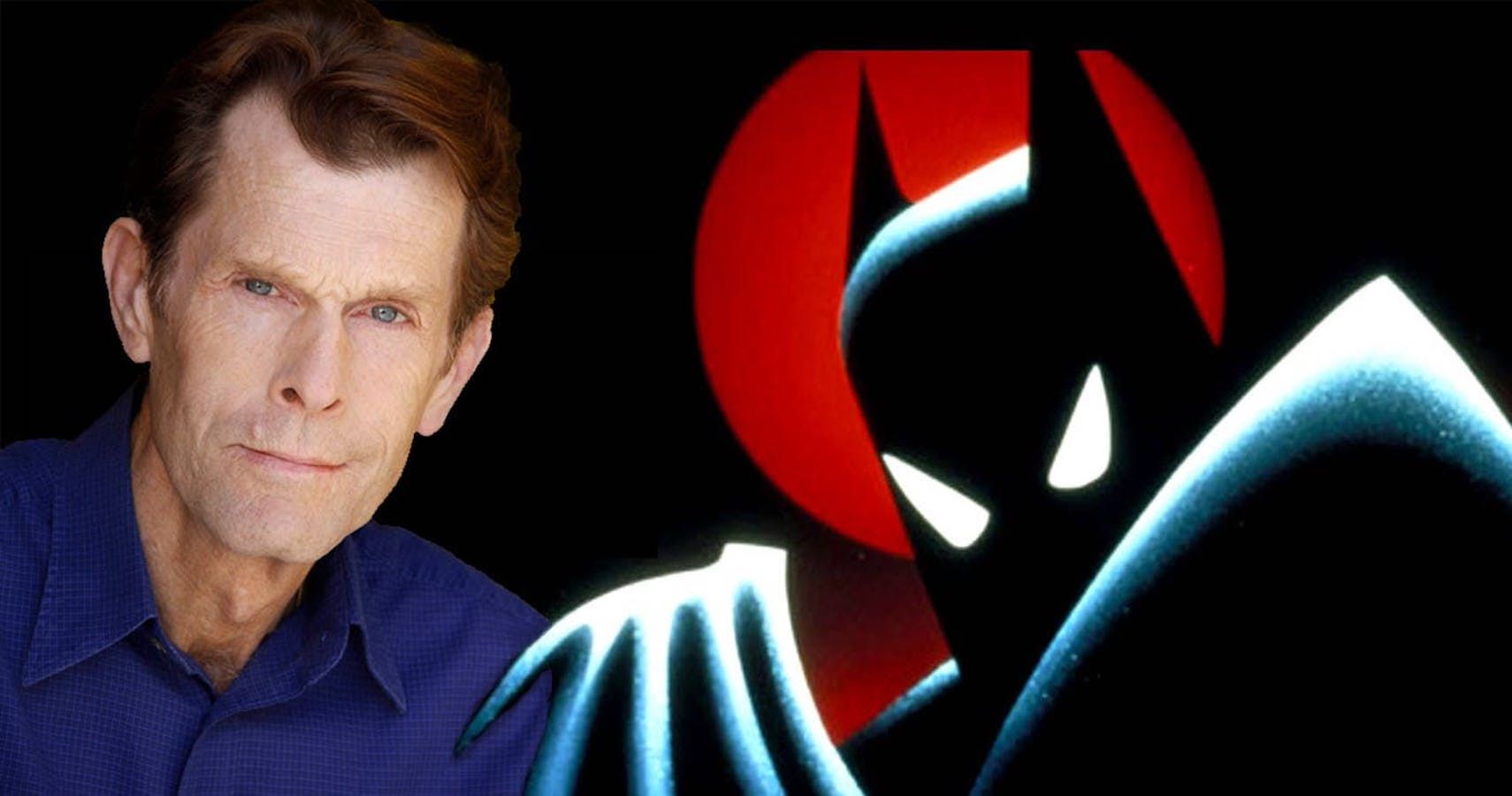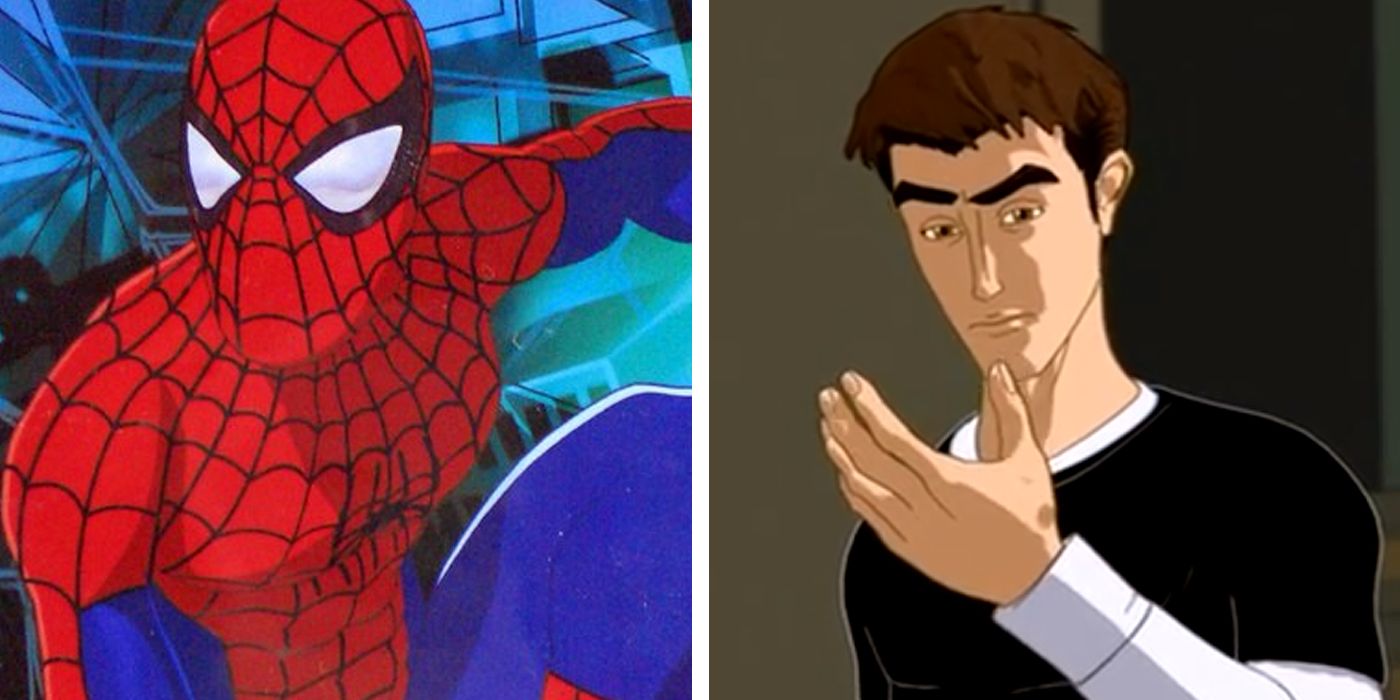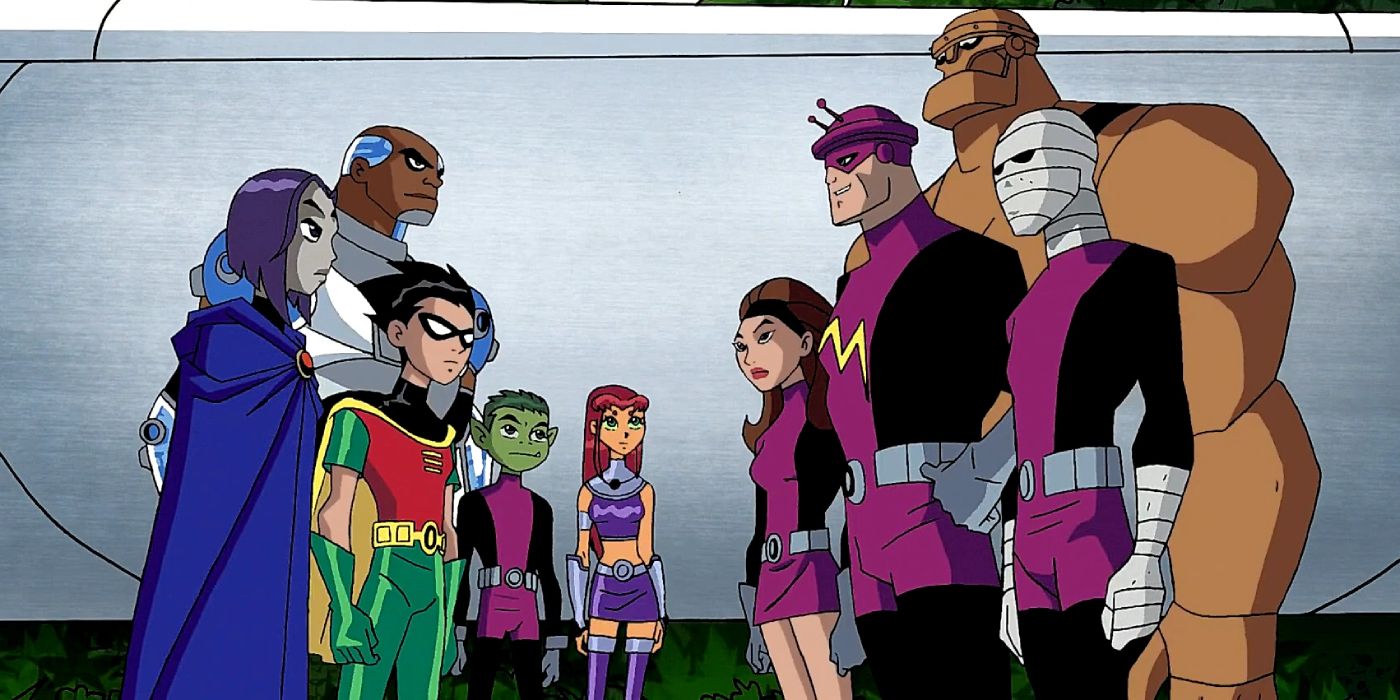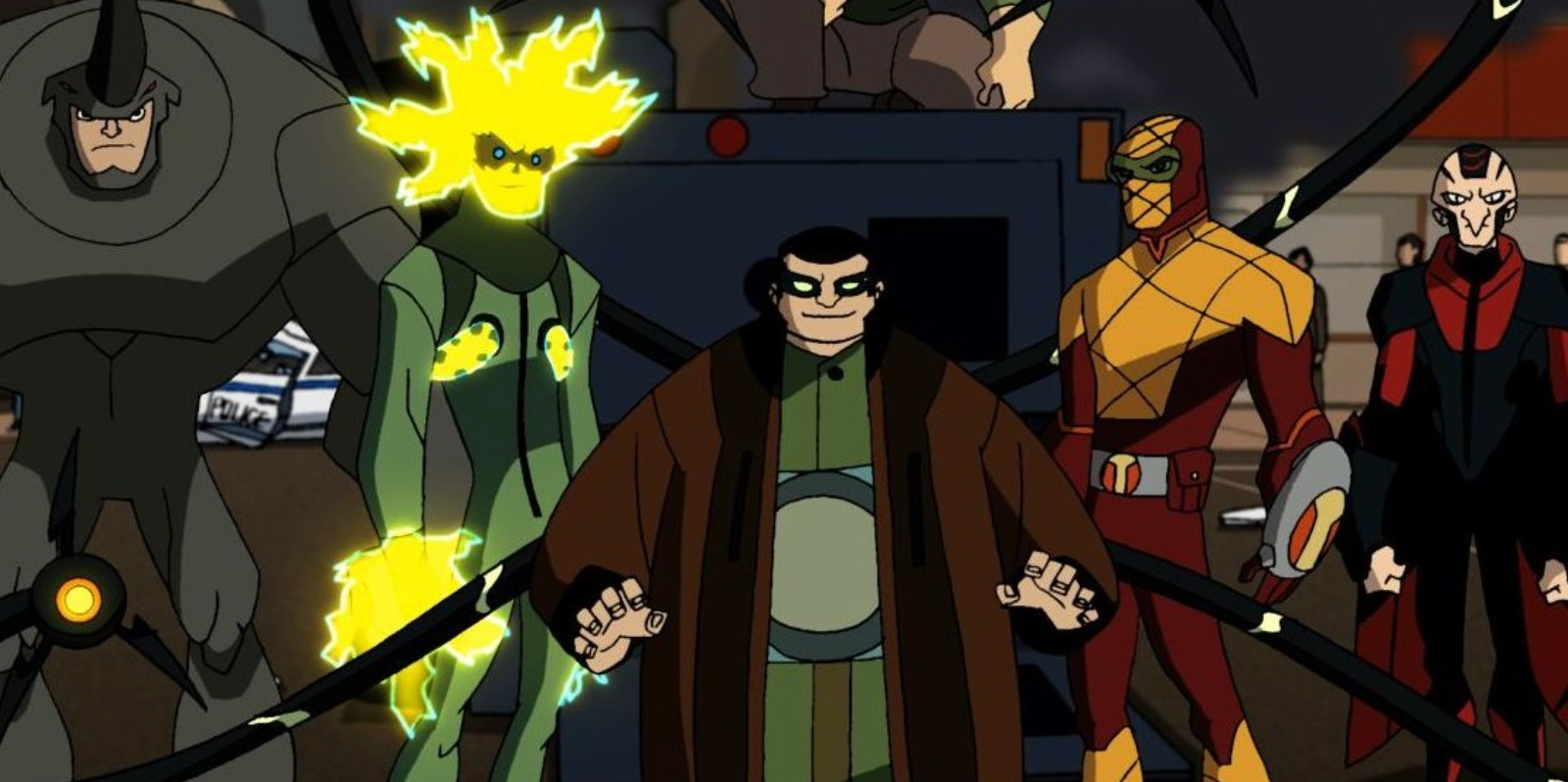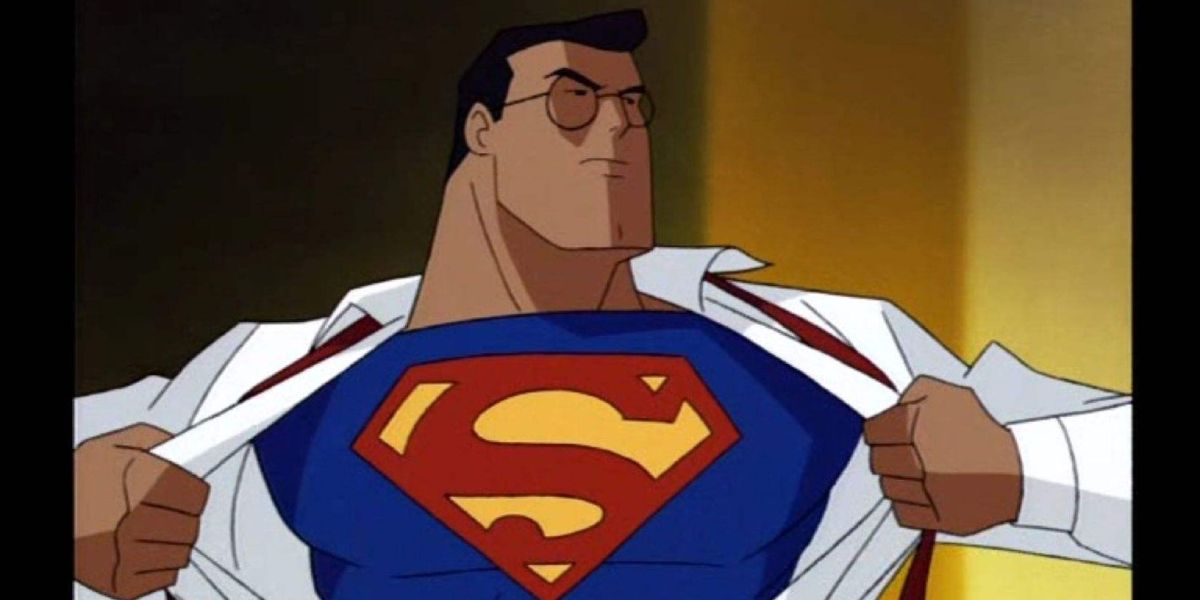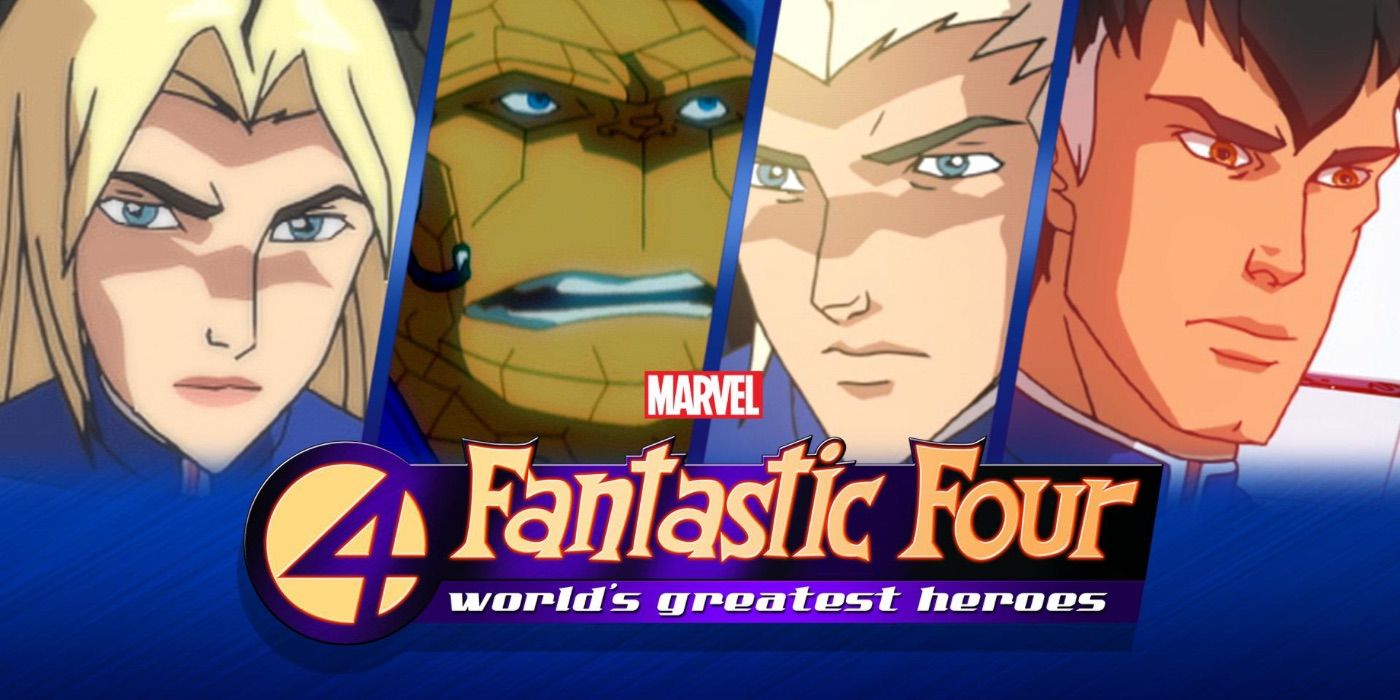Since the '60s, Marvel and DC have been at odds. The competition between the big two reaches every sector of their media empire. In the realm of cartoons, DC—with decades of quality animation under their brand umbrella—is the undisputed king.
Despite already possessing the crown, Bruce Timm's vision of the DC animated universe propelled the company to unfathomable heights in the '90s and 2000s. Marvel did have some solid offerings during this period, but it was essentially a blowout for DC's animation department. Regardless of DC's dominance, there were a few areas where Marvel bested their animation rival.
10 DC: had Better Animation on a technical level that Marvel couldn't reach
Many fans confuse animation with character design. While the preference of art style between any two cartoons may be subjective, the fluidity of animation and competency of the direction is wholly objective. In this aspect, the Bruce Timm, Glen Murakami, and Jeff Matsuda-led cartoons that anchored 2000s DC—Justice League, Teen Titans, and The Batman respectively—stood head and shoulders above Marvel's entire roster.
DC cartoons had more realistic movement in their character models and stunning shot composition from a technical level that Marvel couldn't reach.
9 Marvel: Serialization Was Superior To DC's Output
Unlike their competition, Marvel cartoons focused on telling stories with a serialized narrative. Part of the reason fans remember Marvel's 2000s animation output is so fondly is primarily how their shows rewarded consistent viewing. In X-Men: Evolution, fans watched Rogue's journey from a villainous adversary to a trusted ally through deliberate and methodical storytelling that spanned several episodes.
Spectacular Spider-Man even went as far as having multiple season-long arcs—that would intersect and overlap—throughout its two-season run. Marvel treated their fans' time investment with respect.
8 DC: There Was A Maturity To DC Shows That Marvel Lacked
After snagging their first Primetime Emmy win in the '90s, Bruce Timm and company probably realized that their shows' audience skewed slightly older, irrespective of its Saturday morning time slot. By the 2000s, DC's animation department fully embraced the more mature elements of the characters they chose to showcase.
In opposition to Marvel's fear of blood and death, DC cartoons contrasted the giddy fun of a slugfest with the real-world consequences inherent within them. DC's animation house also handled adult relationships with grace and tact.
7 Marvel: DC Shunned Younger Viewers, Whereas Marvel Went Family Friendly
Choosing to lean towards a broader demographic by targeting younger children, Marvel provided their audience with something for everyone. While DC was aimed for darker and nuanced stories through their animation, Marvel created the Marvel Super Hero Squad.
Although older fans resented and resisted Marvel's intentionally juvenile program, the younger children—which the program specifically targeted—got their first exposure to the broader Marvel Universe. Many of the children that watched MSHS are most likely ardent supporters of the MCU that show their appreciation with money.
6 DC: Voice Acting Was DC's Strong Suit
To most fans, Kevin Conroy—Batman's grizzled voice for the last 20 years—is the definitive version of the Caped Crusader. Mark Hamil still provides his vocal talents for the Joker to this day. DC's animation house took great care in casting their voice actors.
DC shows were essentially a who's who of voice actors in the 2000s. From Clancy Brown (the voice of Mr. Krabs) to Tom Kenny (SpongeBob SquarePants) and animation legend Kevin Michael Richardson, DC played the voice actor game to perfection.
5 Marvel: DC Shows Were Never As Experimental As Marvel's
For the most part, Marvel cartoons were incredibly faithful to the source material, but there were a few occasions where that wasn't the case. At the beginning of the decade, looking to capitalize on Spider-Man's movie momentum, Marvel greenlit an edgy, CGI animated version of the Wall-Crawler that aired on MTV.
Although fans panned the show, it highlighted Marvel's ability to break convention and attempt new renditions of classic characters. Towards the end of the decade, Marvel found a perfect balance in their animation efforts.
4 DC: Creative Choices At DC Were Vastly Superior To Those At Marvel
Resisting the urge to reinvent their characters like Marvel, DC cartoons focused their energy on streamlining what made their characters iconic on the comics page. Throughout Justice League—and its sequel Justice League Unlimited—DC's animation house faced the monumental task of distilling 50 plus years of continuity for a presumably uninitiated audience.
Rising to the occasion, DC fused certain elements and discarded others, resulting in storylines and characters that frequently exceeded their comic counterparts. Some fans regard the cartoon versions as the definitive renditions.
3 Marvel: Marvel Shows Focused On Reflecting The Diverse World Of Their Viewers
In the 2000s, the first rumblings of representation were making their way to studio heads. Many production houses—animated and otherwise—started to focus on including characters of varying backgrounds consciously.
Spectacular Spider-Man is the perfect example of this commitment to representation. Swapping Liz Allen—one of Peter's first girlfriends—from white to Latinx showed that Marvel attempted to create art that reflects reality. In addition to Liz Allen, the series has many characters that extend beyond the previously narrow perimeters of race in television.
2 DC: Bruce Timm Was The Visionary Creator Marvel Wished They Had
Every vision needs a visionary at the helm, and Bruce Timm filled that role for DC perfectly. Although he didn't produce every show under DC's umbrella in the 2000s, Timm was responsible for giving Teen Titans producer Glen Murakami exposure on Superman: The Animated Series back in the late '90s.
In addition, Timm also guided the early career of James Tucker, who went on to create Batman: Brave and the Bold in the 2000s. Timm also added to his legacy by spearheading Justice League Unlimited.
1 Marvel: DC Was Slow To Adopt An Anime Influence
Barring Teen Titans, DC animation largely ignored the growing emergence of anime and its appeal to 2000s animation fans. With Fantastic Four: World's Greatest Heroes, Marvel jumped headlong into the anime pool. While the show wasn't a success, it gave fans a chance to see Marvel's pop culture awareness.
In the 2010s, Marvel produced two anime series for the X-Men and Blade, respectively. Without cutting their teeth on earlier attempts, Marvel might not have earned the level of acclaim that their later anime-infused cartoons received.

